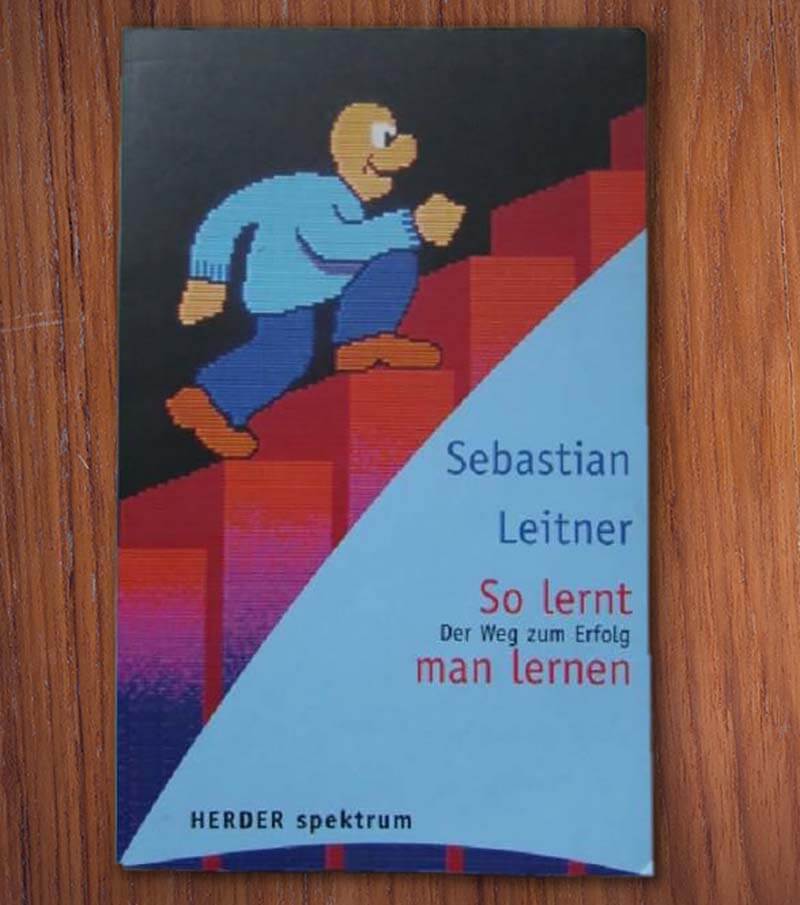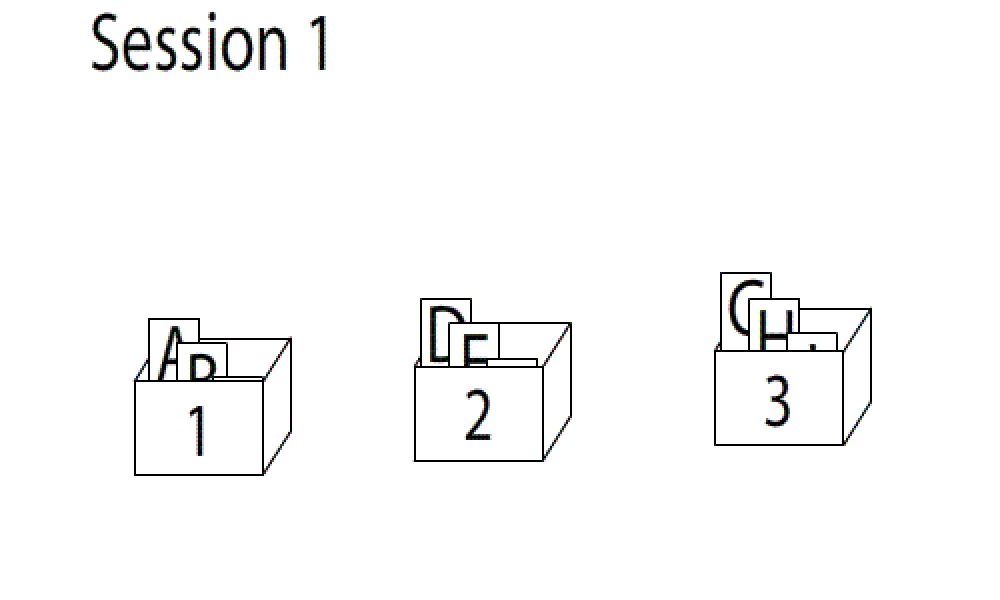- The Leitner system of organizing notes is seen as old-school by some, but modern variations of it are incredibly powerful.
- Many popular knowledge management systems, such as Obsidian and Remnote become more powerful if you learn to use the Leitner system.
- In this guide, you’ll learn how to use the Leitner system to your advantage as a student.
The Leitner system is a powerful learning system for memorizing information through flashcards. What’s more, it’s a system that is bolstered by modern technology. By using phones and computers instead of a pen and a piece of paper, the efficiency of flashcard-based learning truly reveals itself.
After all, the time intensity of creating handmade flashcards used to be the biggest disadvantage of the method. However, modern solutions such as Anki make the process of creating hundreds of flashcards a quick and easy process. This means that the Leitner system is more relevant today than it was in 1972 when German science journalist Sebastian Leitner first described it in his book “How to learn to learn “:

In this guide, you’ll learn the following:
The Leitner System
What is the Leitner system?
The Leitner system is a learning method that uses flashcards, card boxes, and a spaced repetition scheduling system to improve learning and memorization. The system is used to prioritize items that require reviewing, and it was one of the first methods to take advantage of spaced repetition.
Sebastian Leitner came up with the method all the way back in 1972. However, unlike other 20th-century learning techniques, such as rote learning, the Leitner system has not become irrelevant with time. In fact, it’s quite the opposite. The Leitner system has gotten increasing evidence supporting its methods. While the Leitner system is considered heuristic, it’s one of the most efficient approaches for prioritizing learning items for review.
How does the Leitner system work?
The Leitner system is based on a series of three flashcard boxes. Box number 1 is where all cards go by default. Then, once you start reviewing the flashcards, you’ll also start changing their placement depending on whether you were able to answer the information written on the card.
The constant rearranging of the cards is where the power of the method truly reveals itself. Depending on learners’ performance, the system has the ability to increase or decrease the spacing intervals of a particular card. This ensures that the most difficult cards are studied often while cards that are easily recalled are studied less often.
The method is excellent at utilizing the power of spaced repetition and emphasizing those cards that require the most attention. Each flashcard box is reviewed at a specific practice interval, and this results in a well-optimized learning schedule. While Sebastian Leitner’s original system involves using five boxes, a more modern alternative that uses three boxes instead of five will be described in this article.

Now, let’s go through a quick overview of each box of cards.
Box 1
Contains:
- New cards that were newly added into the system.
- Cards from box 2 that were answered incorrectly.
Spacing interval: Every day
Box 1, also known as the “every day box,” is what you’ll be reviewing daily. All newly created cards automatically enter this box, together with any cards that were answered incorrectly from box 2. By constantly going back to box 1 and reviewing the flashcards within, you will eventually remember the most difficult facts and concepts that you could not retain within the first few tries.
To test your knowledge of each card, take the front of the card and try to answer the question you wrote on the front end. If you were able to answer it correctly, move it to box 2. If you missed something of importance, leave it in box 1. This method sounds very simple, but it’s effective.
Box 2
Contains:
- Cards from box 1 that were answered correctly.
- Cards from box 3 that were answered incorrectly.
Spacing interval: Every other day
Box 2 is where you’ll be promoting any flashcards you were able to answer correctly from box 1. The idea behind this is that as you are able to remember these flashcards, you no longer need to review them daily. Instead, you should decrease the reviewing frequency and review the cards every other day. This allows you to allocate more of your time and energy to those cards that you’re having difficulties with.
On the flipside, box 2 is also where you’ll be demoting any flashcards from box 3 that you could not recall. Once again, the logic behind this is that as you were not able to recall the information in these flashcards, you should increase the reviewing frequency from “once per week” to “once every other day.”
Box 3
Contains:
- Cards from box 2 that were answered correctly.
- Cards from box 3 that were answered correctly (no changes).
Spacing interval: Once per week
The final flashcard box of the Leitner system is box 3. This is the box you’ll be opening least frequently, with reviewing taking place only once per week. This is done so that you don’t waste an unnecessary amount of time using spaced repetition on already mastered concepts.
After all, your time is best spent on learning those items that you were not able to recall, and this is the key idea behind Sebastian Leitner’s entire system. Seeing your box 3 fill up with cards is a sign of progress, and once you feel like you have mastered a card, you can take that card and put it to the side. Correctly answering a card from the third box only once is usually not a sign of mastery, though. Before putting a card away, try to be critical of your answers. After all, when using this learning method, you’re both in the role of a tester and a testee.
How is the Leitner system related to spaced repetition and active recall?
Spaced repetition refers to reviewing materials at systematic intervals and it is an integral part of the entire Leitner system. Each box is reviewed at a specific spacing interval and this means that if you’re using the Leitner system, you’re also practicing spaced repetition.
The active recall method of studying refers to learning through self-testing and it’s another crucial part of the Leitner system. Flashcards are designed to be used in a self-directed manner, and this means that using the Leitner system without active recall is basically impossible. After all, the Leitner system is built entirely around testing yourself through flashcards.
In conclusion, the Leitner system manages to combine the strengths of many of the top study methods. If you’re learning a topic that can be condensed into flashcards, you would be wise to consider using the Leitner system.


